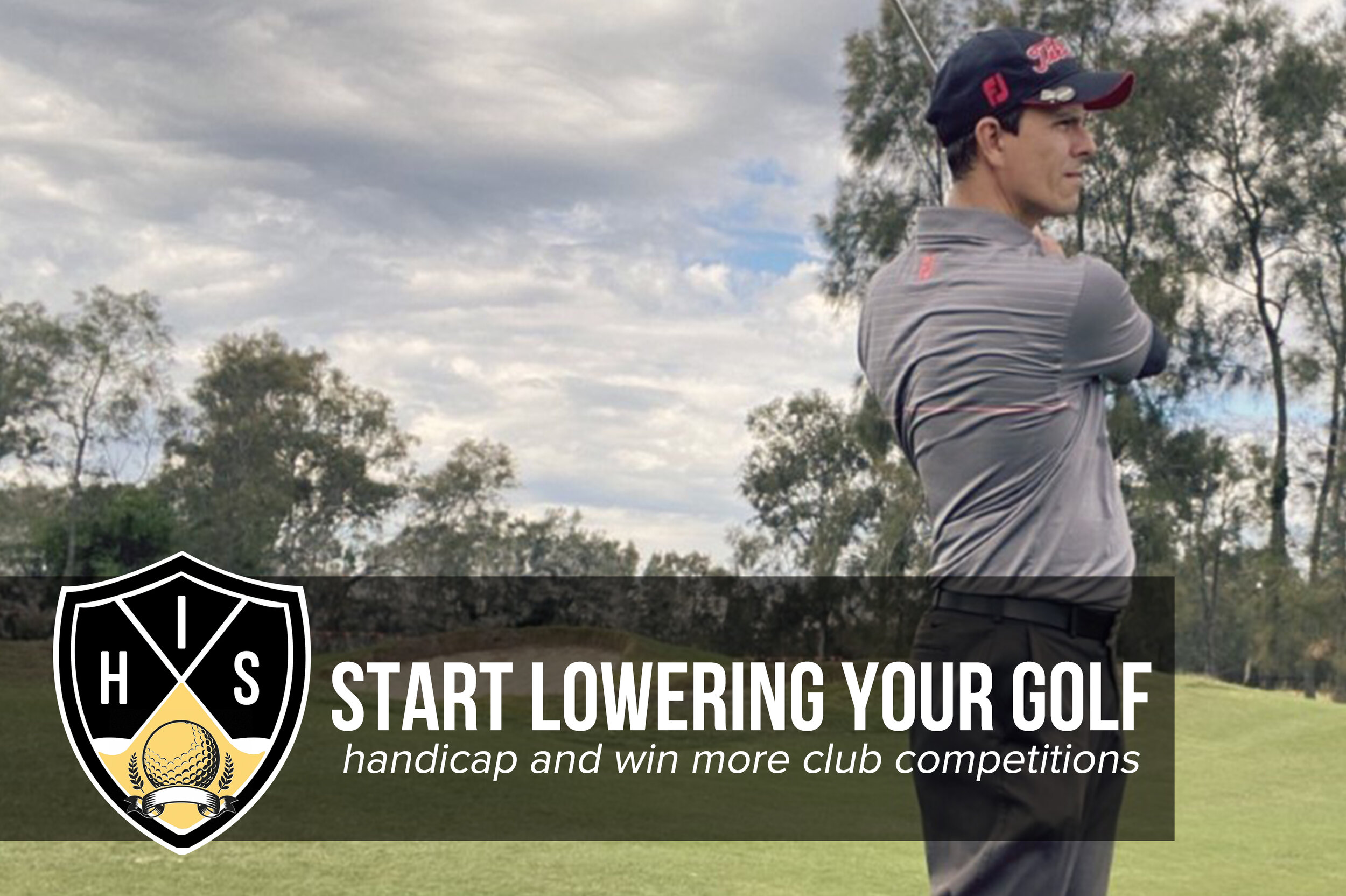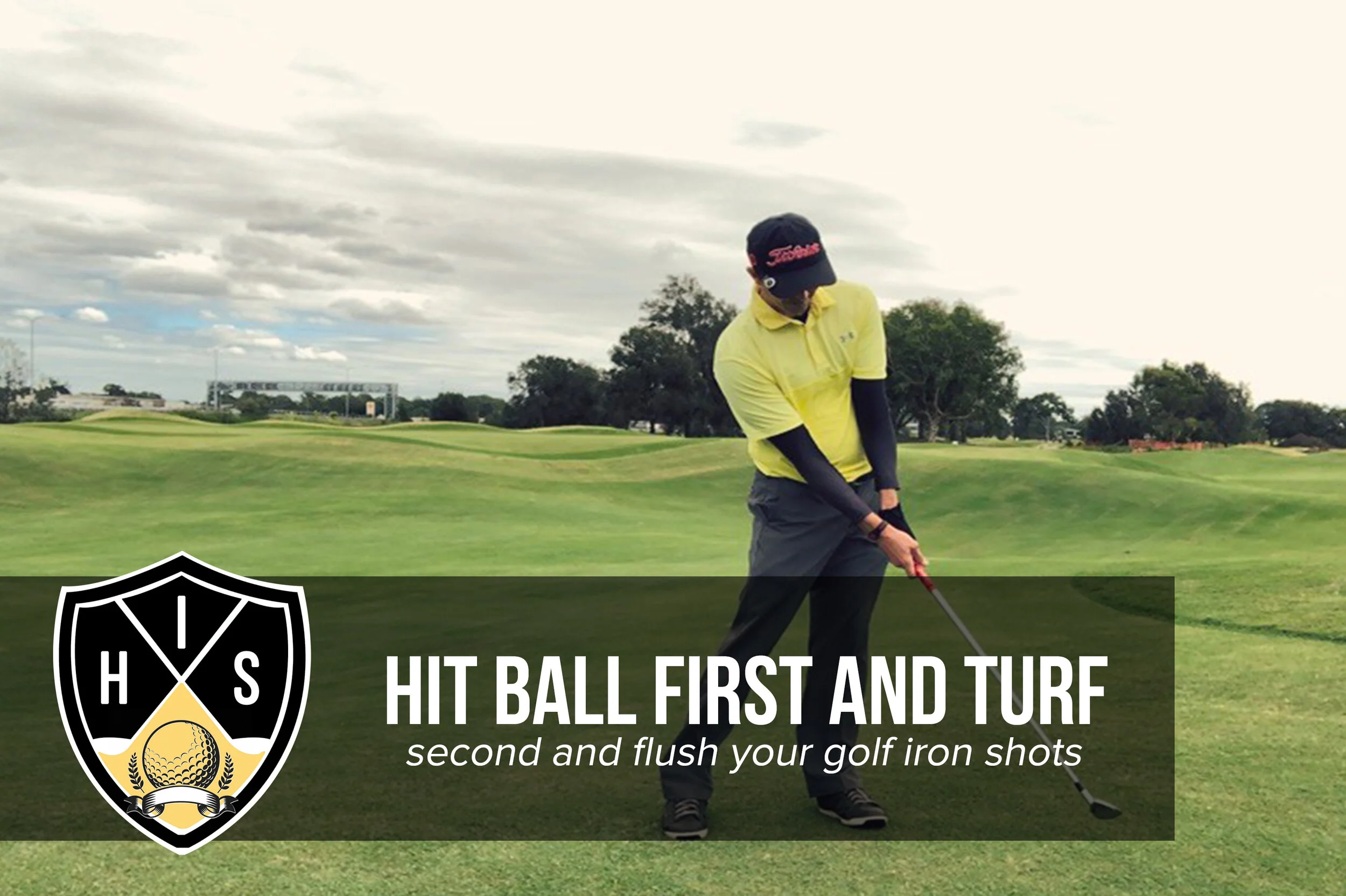The importance of hands in the golf swing
The role of the hands in the golf swing is important, yet often misunderstood concept. Most of what you’ll find in golf instruction literature will focus on the configuration of your hands on the club, and how certain types of grips affect the ball flight, etc. However, the hands do so much more than just grip the club. I perfected the way my hands move in the golf swing using the lag shot golf training aid.
Now in many instances in golf, more information can be detrimental. As my father once said, a cluttered mind always says no.
However, with the proper knowledge of how the hands interact with the club, and the rest of the body for that matter, you will find yourself hitting more accurately and consistently when out on the course.
3 SECRET MOVES I WISH I WAS SHOWN WHEN I FIRST PLAYED GOLF
Taking Control During the Takeaway
Once you’ve established a grip style that is comfortable to you and suits your game, the next step is to understand your hand’s role in the golf takeaway. With the exception of a few specialty shots (i.e. buried lies, divots), the hands will passively follow the shoulders and arms as you initiate the backswing.
This is the easiest way to achieve that “low and slow” takeaway which has been taught for decades.
If you try to actively keep the club low with your hands, the tension created could lower your lead shoulder, which makes a full, proper turn almost impossible.
How Much Hinging During the Transition
Once the backswing is in motion, the next point of interest for the hands when they begin to hinge. For most golfers, this will occur at about waist height. A common question amongst golfers is “how much wrist break/hinge should I use”? This question is based on an assumption that there is a right or wrong answer; in reality, the key to your wrist hinge is to let it happen as naturally as possible.
The worst thing any golfer can do is stiffen their wrists, which creates unnecessary tension that will creep up from your hands to your arms and shoulders.
In general, you want as much wrist hinge as possible without any compromises, like excessive bending of the elbows or raising of the spine while trying to maximize the wrist hinge.
Once the wrists have hinged comfortably, the next checkpoint will be at the top of the backswing.
The Top of the Backswing
The top of the backswing is a true test to know if everything before that moment has been done correctly. The key area to focus on at the top is the level of comfort and stability of the golf club. For example, take a practice swing and hold the club at the top. Does the clubface stay in place? Does the grip stay secure in your hands without you having to squeeze it to death? If the answer to those questions is yes, then you’re on the right track. Answering no to one or both of those questions is common and speaks volumes to what most recreational golfers struggle with.
One of the reasons pros swing the golf club so smoothly is because the club swings with no correction or compensation with the hands.
The problem with this is in the span of a second, which is typically the time a golf swing takes from start to finish, a lot can go wrong if you’re trying to “set” the club a certain way or don’t have effortless control.
If you struggle with too much hand action at the top of the swing, the most effective solution is to start from square one with your grip, making sure it is both fundamentally sound and suits your swing.
When you’re able to reach the top of the backswing with “quiet” hands, you’ll notice a more consistent swing and lower scores.
WATCH THE VIDEO BELOW THAT DEMONSTRATES HOW THE RIGHT HAND MOVES IN THE GOLF DOWNSWING ENSURING A GREAT IMPACT POSITION:
The Downswing and Follow-Through
The last point of interest for the hands is in the transition into the downswing and follow-through. If you’ve spent any amount of time at the practice tee, you’ve no doubt witnessed players practicing the start of their downswing, which usually involves them trying to maintain the angle of their wrists.
As we’ve seen throughout this article, the less you try to do with your hands, which includes holding the wrist angle, the more consistent you’ll be.
In fact, if you get to the top of your backswing, your only job from that point is to start rotating onto your lead side and let everything else follow.
Let physics do the work of returning the club squarely into the back of the ball.
When in Doubt Watch the Pros
Take a look at some of the smoothest, most consistent swings on any professional tour. Aside from years of practice, one commonality between all of them is their use of the big muscles, rotating back and through, and their hands do nothing more than holding the club during the swing. It’s not an easy skill to develop, and it very well could be the one thing that separates bad players from good players.
This train of thought works against what many of us are programmed to do and how to react, especially in a game that requires so much precision and finesse.
It’s almost too easy to try and use our hands to make something happen in the golf swing.
But unless you have one-in-a-million reflexes, the results of hand manipulation are usually sub-par at best.
Professional golfers know you have to limit the role of the hands in the golf swing and let the big muscles do the work.
A Simple Exercise to Put It All Together
The best way to get started on the path of fewer hands in the golf swing is with the takeaway. Need a simple drill? Take a yardstick or an alignment stick, place it on the ground, and take your address position. Take a club and place the sole on the stick, and work on keeping the hands quiet for those all-important first 18 inches of the takeaway. Practice the takeaway 10 times, then hit 5 practice shots, focusing exclusively on your takeaway. Repeat the process three times.
As you can see your hands play a very important role during the golf swing, and it is not all about the grip.
The next time you go out to the driving range keep a note of your hand movement during your golf swing and try out this simple exercise.
You just might be surprised as to how much your swing improves with that one simple change.
Get in touch
This was a guest post written by Tony and Paul who are a father and son team who are not only best friends but love the game of golf.
They created the Golfers Authority, to provide unbiased reviews, guides, tips, and advice in order to help other players improve their game.
Tony is also the founder and inventor of the Accuhit, one of the most recognized golf training aids in the world.
The Accuhit has been recognized by Golfweek, Golf Tips Magazine, Asian Golf Monthly, and many other publications as one of the most cost-effective golf training aids in the market.
IF YOU HAVE ANY QUESTIONS ABOUT THIS POST PLEASE LEAVE A COMMENT BELOW, AND DON’T FORGET TO SHARE WITH YOUR GOLFING MATES AT YOUR FAVOURITE SOCIAL MEDIA ICON TO THE LEFT.
This post may contain affiliate links. I make money from these affiliate links to keep the site free for users, and it is no cost to you.

















